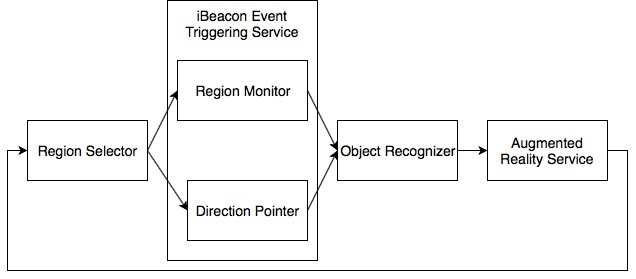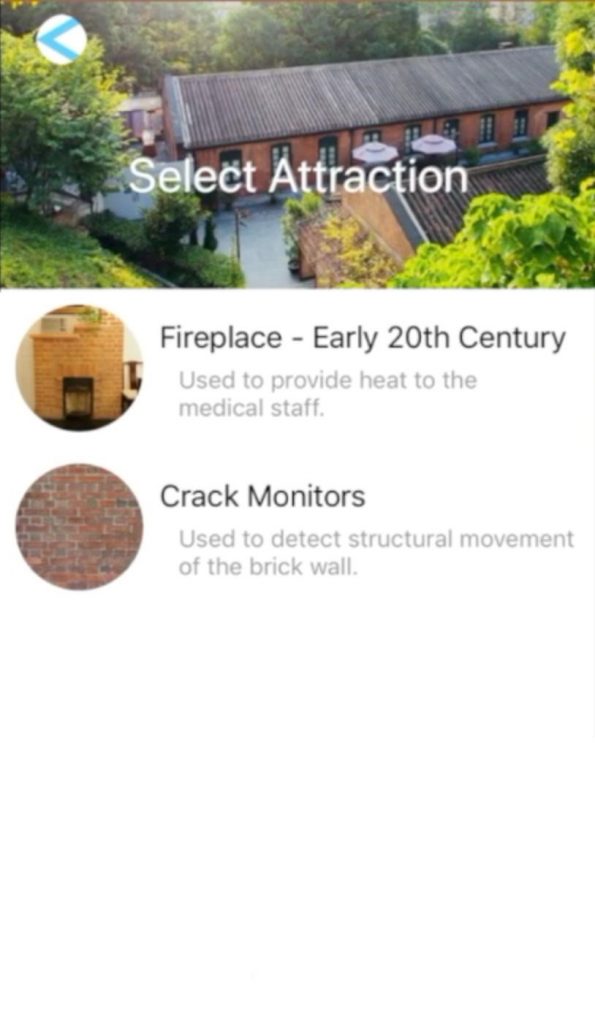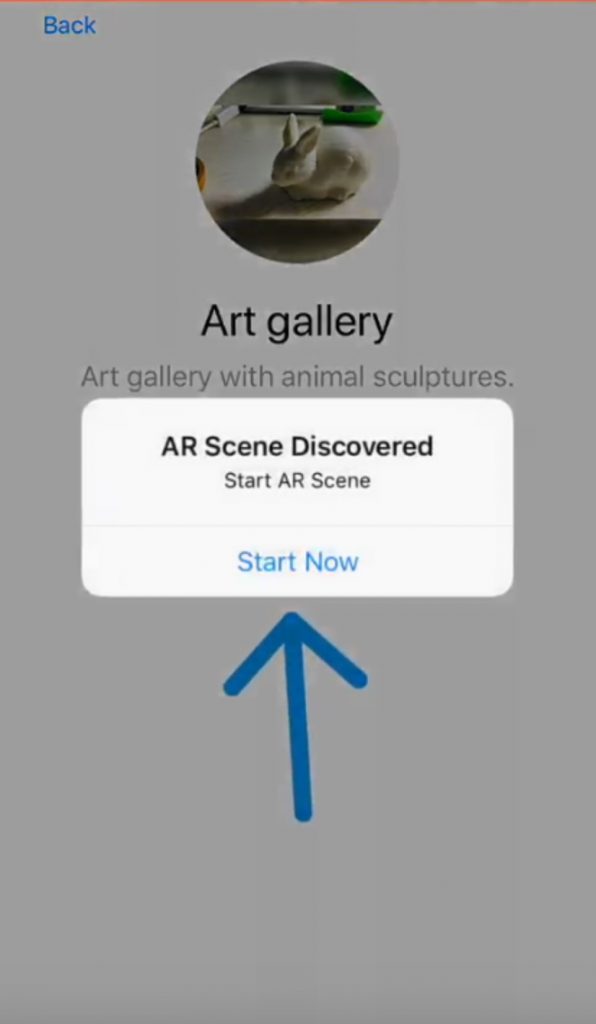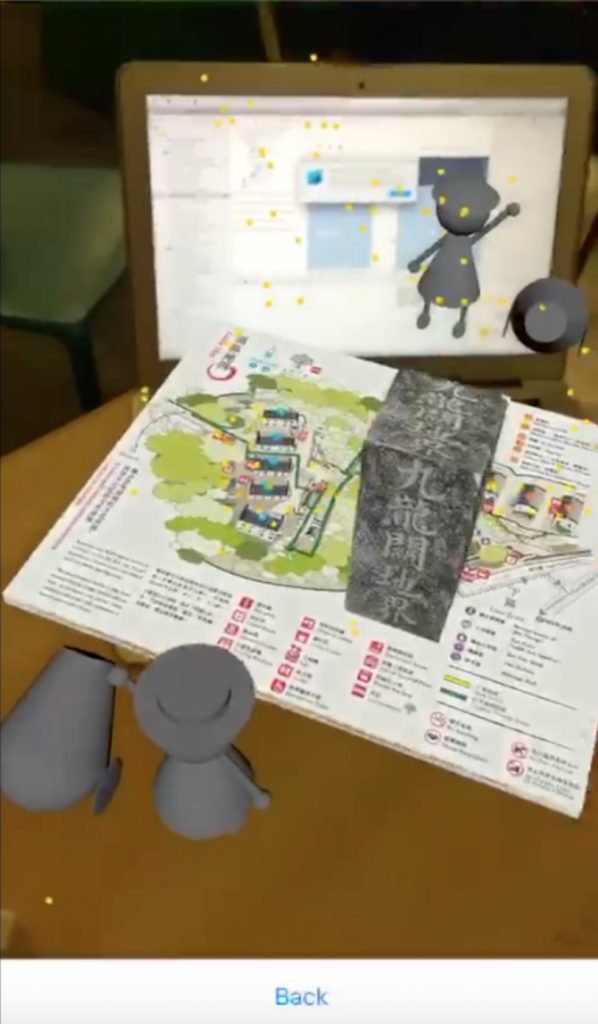As the mention in the introduction section, the problem of enhancing visitor experience is to give an interesting way to provide information to visitors. Therefore, this project aims to develop an AR application to provide interactive and multimedia information to visitors on increase their experience.
There are four project objectives have been defined. First is to build recognition system to recognize the historic building and its position. Recognition models of a historic building or complex in different regions constitute the system in this platform. Users’ device image captured will be pass to the system and return result tags for the nest application action.
Second, we designed and developed 3D models of the historic building in different regions. 3D models design of each region based on building's history in the different period of usage. Each region divide based on their significance on history, architecture and location. Users can select different displayed item with its precise model.
Third, recognition system and 3D model integrated, we can provide an interactive and precise experience to visitors assist by iBeacon.
Last, to provide an interactive environment, by providing interactive methods, like game, text and video to enrich the experiences of the visitors.
By these objectives, we have developed an application using frameworks from Apple Inc and Microsoft Azure. This application can provide an interactive method with AR and precise position with iBeacon.
From the evaluation, we can conclude that our application can increase the visitor experience on visiting historic building. Visitors can use this application to guide them to visit the historic building without the help of map and tour guide. On the other hand, AR in this application can provide a more interactive experience to visitors than using current method of showing information in the exhibit.
AR technology combine with iBeacon position system is changing the way to provide a fruitful experience to visitors. Since these technologies are still an innovative technology, the processing power of mobile device may not be catch up with the requirement. However, we believe that AR technology combine with location service like iBeacon will provide a fruitful visiting experience to visitors.
The limitations of our solution are if the operations will take system resources, such as Bluetooth and camera for AR, to interact with the real environment and frequent update on location by iBeacon will use a lot of battery power and system resources, then cause the heat issue. The reason for this limitation is as most of the devices in the market are not designed for intensive AR, and 3D object interacts with the real environment. These function can be used, but not with the ideal specification.
For future work suggestions in visiting users’ side, first, cross-platform support as iOS is the only supporting system currently. Secord, to develop a method to interact environment objects by visitor's device, such as, controlling light or controlling robotic machine to provide a more in-depth learning experience. Third, to provide visitor flow control and data analytics tool for users. That suggests visitors visit by visitor capacity in the different area in the crowded building to increase overall visitor experience.
In organisers’ side, a management console for the organiser to have a little config with the platform in accordance with organiser’s need.
As this application will not only use in historic building, another usage of the application can also use this application. Such as museum, gallery and exhibition, those can be using multimedia to show the information of the exhibit without changing the looking of it. Moreover, using this application, they can also provide fruitful and informative experience to visitors.



















